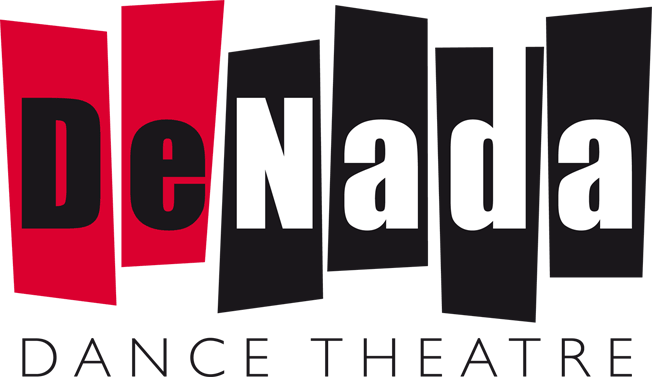For O Maria
For O Maria
‘O Maria’ draws playfully on a range of references, sacred and profane, theatrical and painterly, and is rooted in the deep culture of the South of Spain.
Upstage is a table – the setting for many and varied a drama in the history of performance and visual art: around this ordinary, necessary piece of furniture for example, Banquo’s ghost appears to Macbeth at supper, the menace of Pinter’s ‘The Birthday Party’ develops over a discussion of cornflakes at the breakfast table, and at Terrence Rattigan’s ‘Separate Tables’ a marriage is dissected . Renaissance painters work away in the light of hindsight at the details of friends breaking bread and drinking wine, the scene of this last meal scene played out again at the alter table, in the ritual of Mass.
The eponymous lady of this dance piece appears as a vision, of course, but once established in corporal form, her concerns are practical: Tangles in the ties that bind, in the ribbon winding around hands in marriage, in the bonds of sado-masochistic relationships, in the tired muscles of dancers, in the narrative of insuperable problems – these can be unraveled by Our Lady Undoer of Knots. Even the ties of gender can be loosened under her gentle hands.
On the table, a splendid ham confirms the religious credentials of the household – in times past this would be a matter of life and death. Nevertheless we should still take care today. As we know, no-one expects the Spanish Inquisition…
Alison Andrews
November 2013
